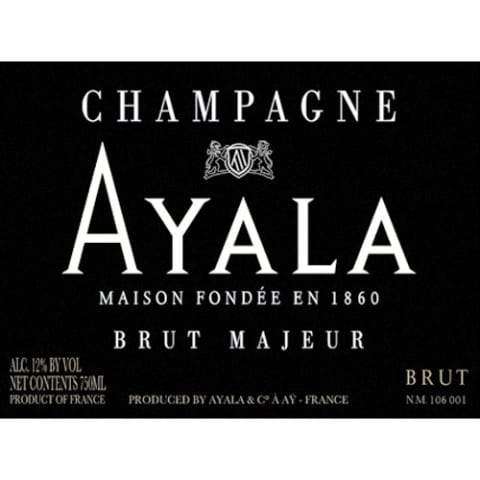
Champagne AYALA
1 rue Edmond de Ayala
51160 Aÿ
Tel. +33 (0)3 26 55 15 44
https://www.champagne-ayala.fr/
Founded in 1860 by Raymond de Ayala, and acquired by the Bollinger family in 2005, the Ayala champagne house is modest in size and production, but is considered one of champagne's haute-coutures, not least because of its early, avant-garde move towards low dosage, or even “zero dosage” champagnes. As a result, its champagnes are pure, elegant and fresh. Ayala can rightly be considered the pioneer of a new style in Champagne with its “Nature” champagnes. Caroline Latrive, the House's cellar master, and Julian Gout, the new cellar master, are at the helm to ensure the style and quality of the grapes used to produce cuvées in keeping with the Ayala style. Purity, finesse, precision, freshness and elegance.
Independent and family-owned since its creation, Ayala has a unique visual identity and style embodied in its champagnes, which combine freshness and elegance. Ayala was founded in 1860 by Raymond de Ayala, heir to a family who loved to pass on the spirit of excellence and a taste for adventure. An avant-garde way of thinking that would remain anchored in the company's operations. Indeed, in the second half of the 19th century, it was a true pioneer in the introduction of low dosage well before any other Champagne house. Ayala built up a solid reputation and became a key reference when, in 1882, it joined the founding members of the Syndicat des Grandes Marques. This golden age continued into the 1920s, when Ayala became the official supplier to the courts of England and Spain. Having always maintained a human-scale structure, Ayala also became the property of the Bollinger family in 2005. Ayala is at the heart of the vineyards, with its facilities in the classified Grand Cru village of Aÿ, where it manages the entire process, from vinification to bottling. All its champagnes are then aged in its centuries-old cellars, dug into the chalk at the very heart of the famous Aÿ hillsides.
From 2012-2013, Ayala redesigned its visual identity around the color black, as if to better testify to its graphic past, while adding a more modern coat of arms to its bottles.
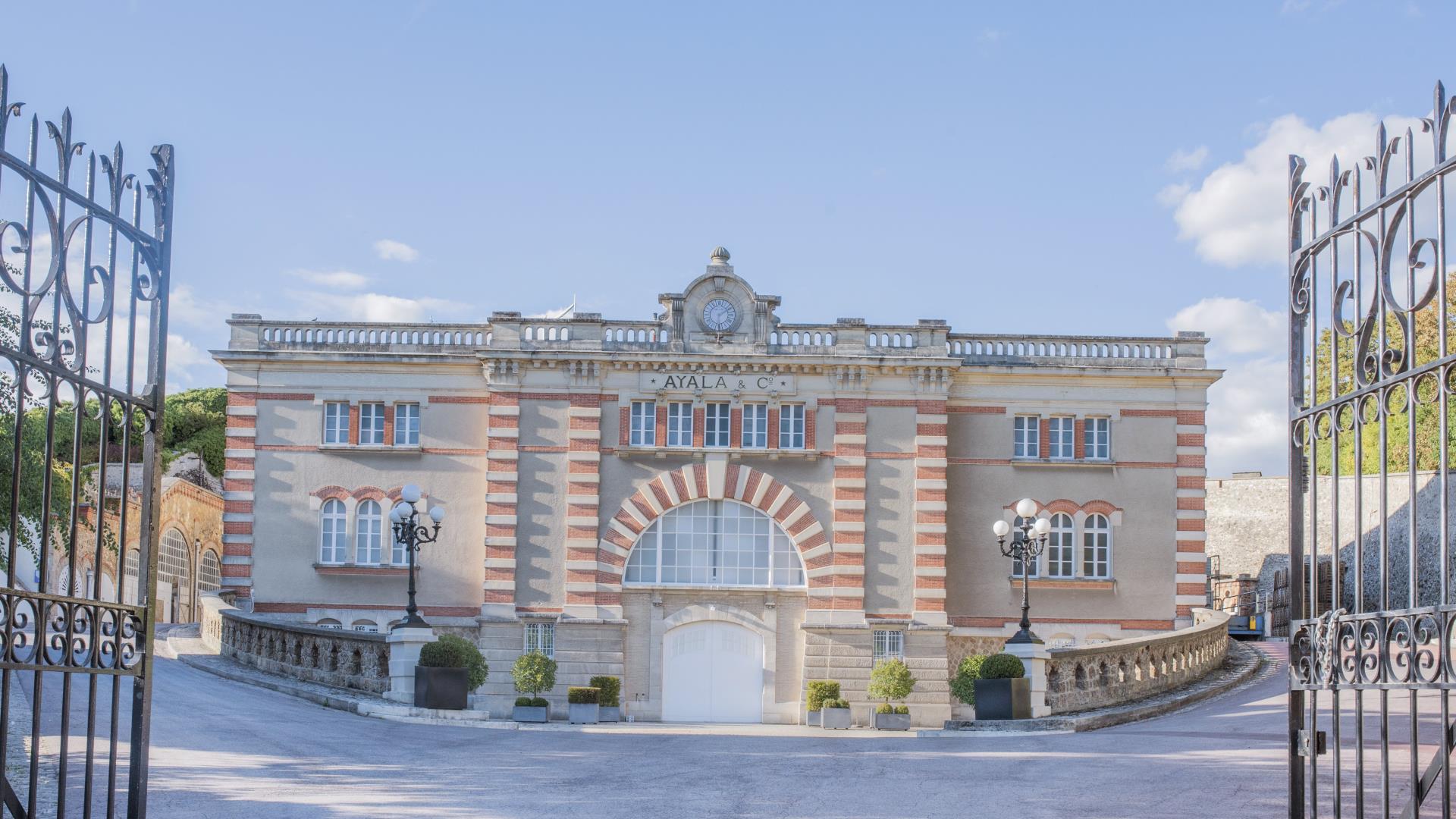
Ayala distinguishes itself by producing mainly six types of champagne, or cuvées, all vinified in small stainless steel vats in its new winery, with great mastery for maximum precision. Champagne lovers will find at Ayala the Brut Majeur, the Brut Nature, the Rosé Majeur, the Blanc de Blancs, the Ayala collection (followed by a number evoking the year of the vintage), and finally the Ayala La Perle.
Among its six types of champagne, let's start with the Brut majeur, a blend of Chardonnay, Pinot Noir and Pinot Meunier. This is the champagne that continually embodies the Maison Ayala style, making it its best ambassador, so to speak. Its low dosage allows the terroir to express itself. It ages for three years in the cellars. Then comes the Brut Nature, with no dosage for greater authenticity and terroir expression. It is aged in our cellars for four years. Ayala, like many other Champagne houses and winemakers, produces a rosé. The Rosé majeur, composed mainly of Chardonnay, is a delicate rosé champagne combining the gourmandise provided by the vinosity of Pinot Noir (in the minority) and sourced from the best crus of the Montagne de Reims. Finally, Blanc de Blancs (100% Chardonnay) is produced in small quantities and only in years deemed exceptional. Aged for six years in the cellar, it is an aesthetic champagne whose minerality and freshness are at the heart of its style. An astonishing, chiselled champagne.
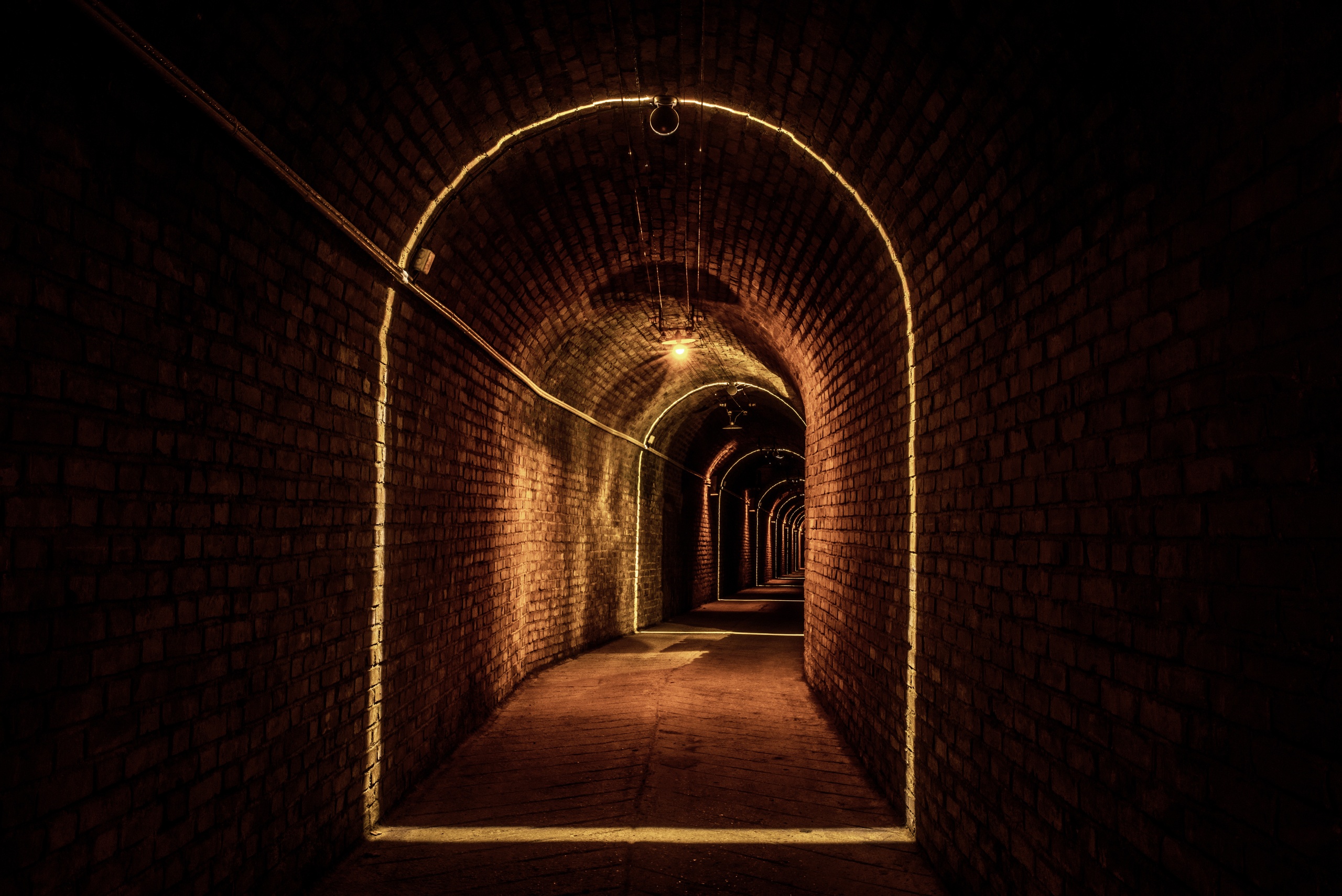
As mentioned above, freshness and elegance are the hallmarks of Ayala's wines, so much so that, with a little practice, we'd be able to recognize his style if we were to taste his champagnes blind. Chardonnay is at the helm. But his champagnes featuring the other two flagship grape varieties of the Champagne region, Pinot Noir and Pinot Meunier, are not to be outdone. The blends obtained, with very low dosage levels, give the whole a great deal of balance.
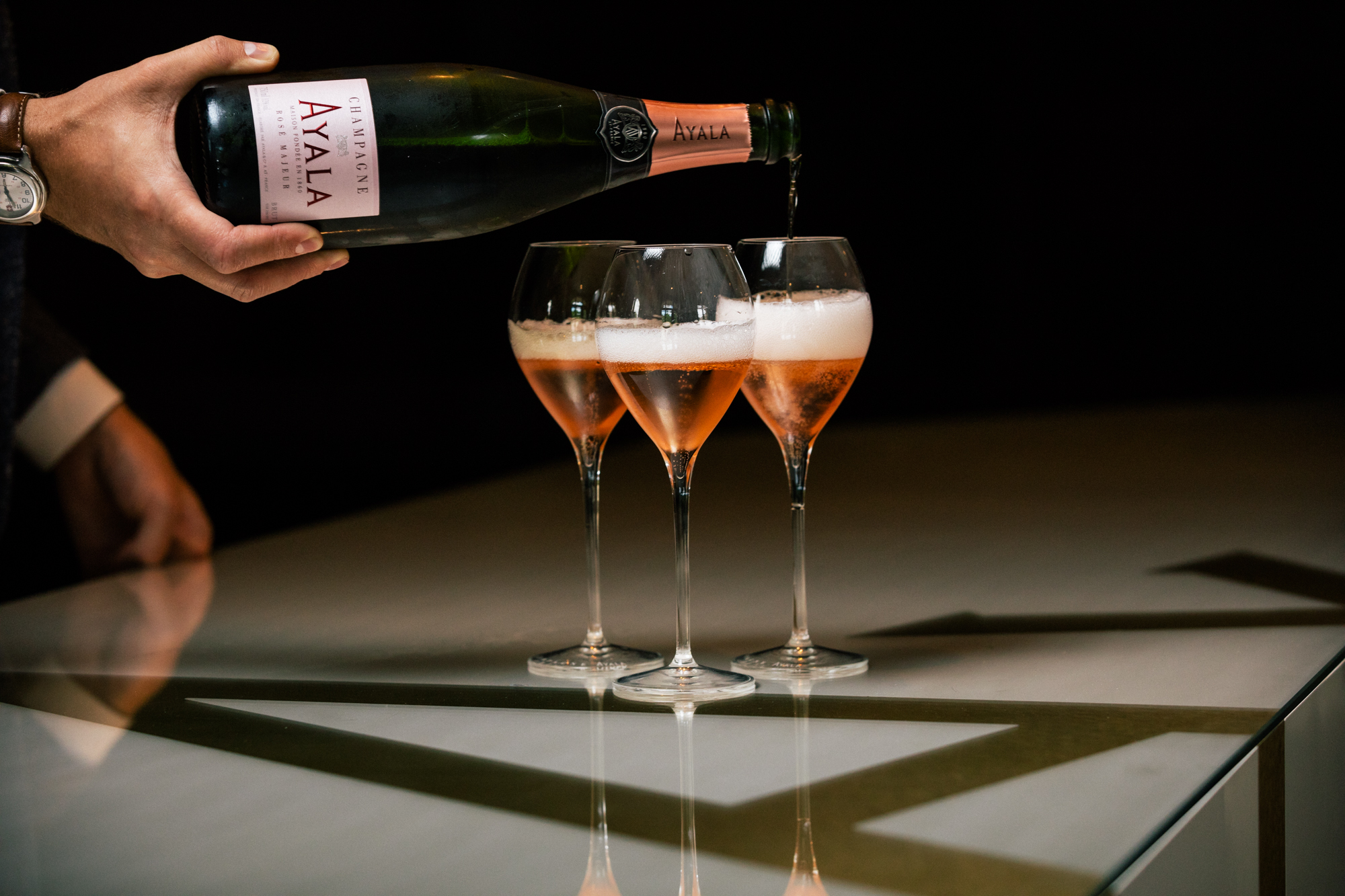
This prestigious cuvée is made from Chardonnay grapes from the Grands Crus areas of Chouilly, Mesnil sur Oger and Avize, each accounting for one third of the total. Despite the rather chaotic weather at the beginning of September 2005, the harvest, which was a little cool but dry and sunny, was of high quality and generous. The Chardonnays turned out to be exceptional, rich in natural sugars. The Brut Ayala Blanc de Blancs 2005 is a brilliant, golden-yellow champagne with a fine mousse. The predicted potential of the Chardonnays, as revealed by pre-harvest sampling and post-harvest observations, is borne out by the tasting of this very pure, straightforward, chiselled Champagne. The nose is composed of citrus notes (a little pineapple and Florida grapefruit) with sensual white flower accents. Aromatic and very fine. The palate is lively and powerful, with plenty of freshness to give the whole a fine dynamic and a creamy, silky mid-palate. The finish is long and full of character. A Blanc de Blancs as we like them.
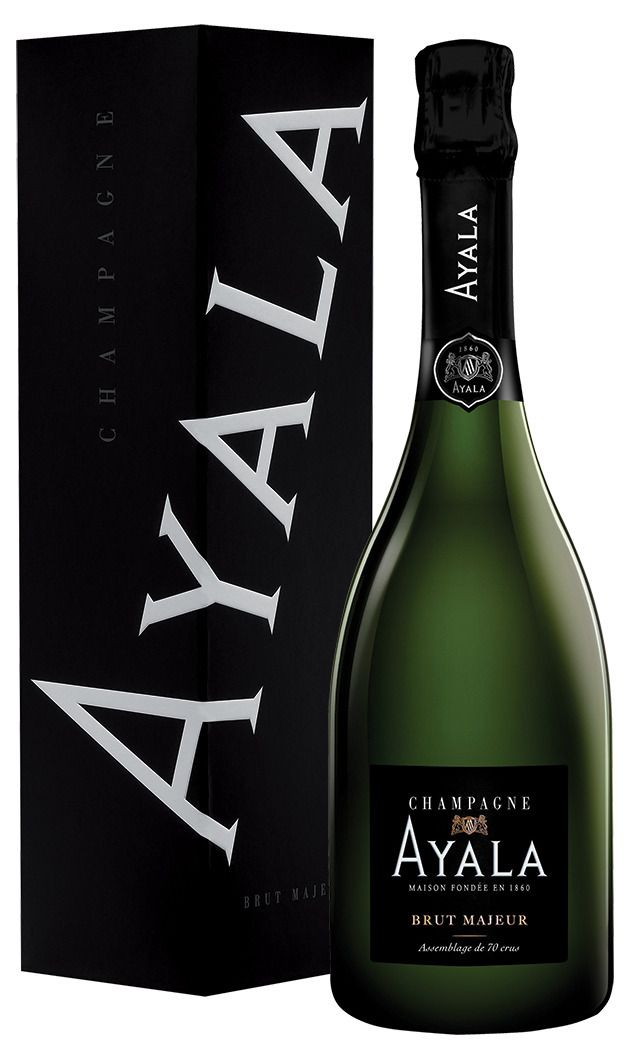
This Champagne, the epitome of the House style, is made from Pinot Noir (45%), Chardonnay (35%) and Pinot Meunier (20%), all from rigorously selected growth areas. The champagne is aged for more than 2.5 years in bottle, before resting for at least 3 to 4 months after disgorging. Pinot Noir adds harmony to the balance provided by Chardonnay. Pinot Meunier adds fruitiness and charm, and together with the other two grape varieties, creates an overall impression of crispness and freshness.
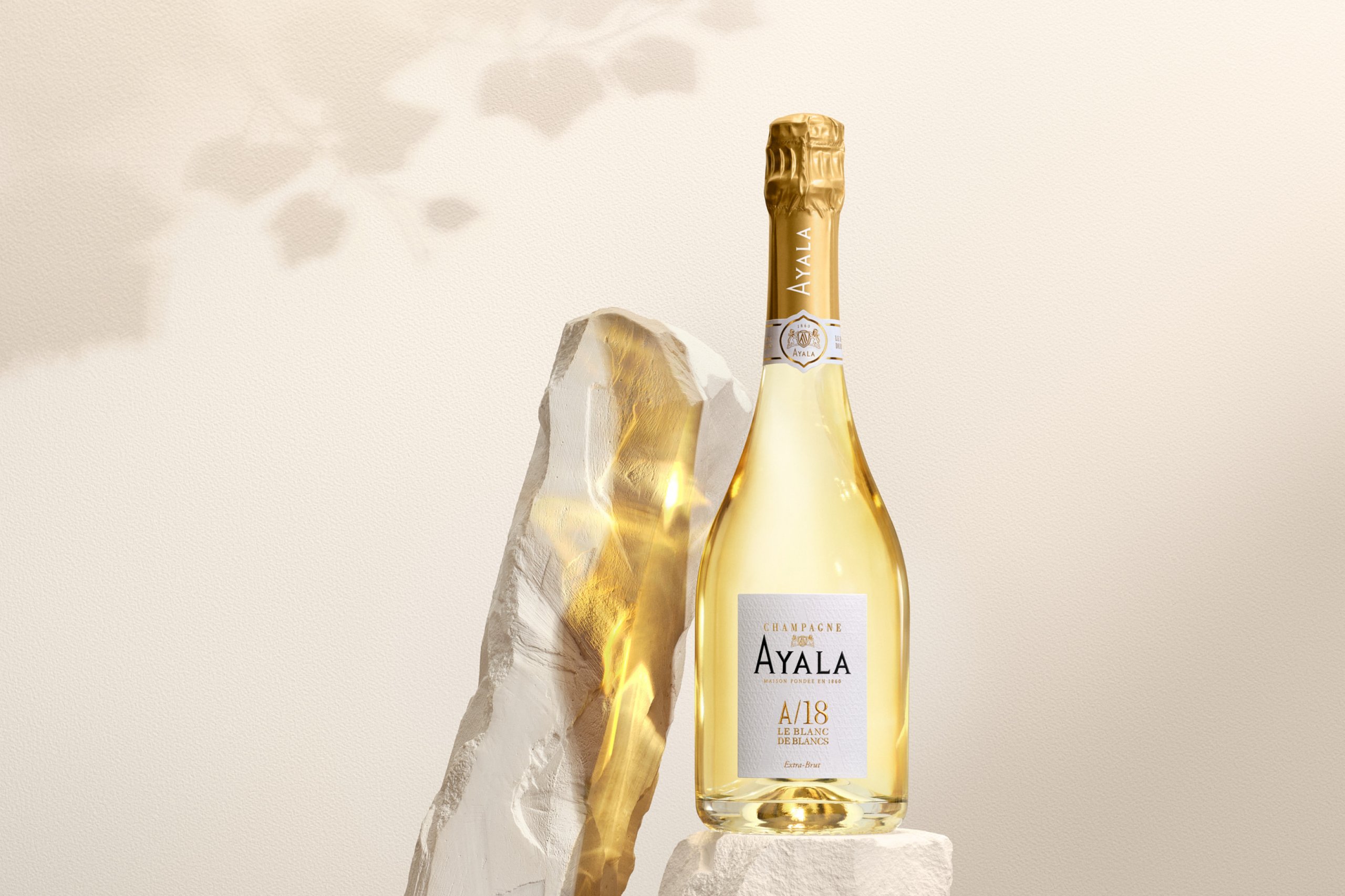
Collection is a range of ephemeral, limited-quantity and therefore numbered cuvées, unveiled at their peak and revealing the particular Terroirs that the Cellar Master wanted to highlight, through a singular year. Ayala Blanc de Blancs d'exception N°18 is a cuvée made exclusively from Grands Crus and Premiers Crus from the Côte des Blancs and Montagne de Reims. It's a confidential cuvée whose aim is to highlight the diversity of white grape varieties through a blend of Chardonnay and forgotten Champagne varieties such as Arbane, Petit Meslier and Pinot Blanc. This is a champagne of great singularity and nobility. The House has created this collection to share its vision: the cultivation of the diversity of Terroirs.
1990-1995-1996-1999-2002-2004-2008-2012-2013-2014-2016-2018

Website under construction
Available Soon